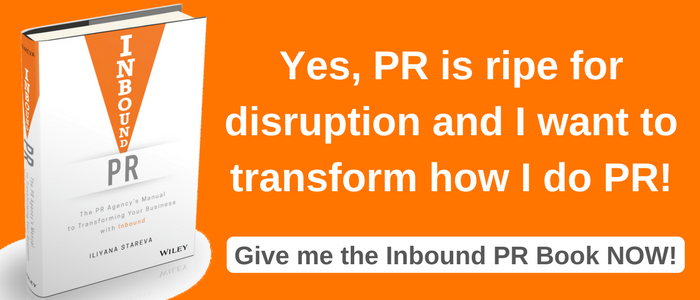
If you're in Customer Success, you've likely seen this before: A customer with a “green” health score churns without warning. Or worse — your team scrambles to rescue an account, but the health score never reflected the risk.
Why? Because traditional health models are broken.
They’re often static, backward-looking, and overly simplified. A single score can’t capture the complexity of real customer relationships, especially in high-growth SaaS environments where product usage, stakeholder dynamics, and business shifts change rapidly. I've observed this at HubSpot, Cisco and now at ServiceNow.
With the advent of AI, it’s time for a better way.
The Problem with Traditional Health Scores
Most health scores today rely on a formula of 3–5 inputs:
- Login frequency
- NPS score
- Support tickets
- Feature usage
- Survey responses
They output a traffic-light system: green, yellow, red.
But here's the truth: this is not customer health — it’s a lagging indicator. By the time a customer “turns red,” it’s often too late. And by the time someone manually updates the score, the customer might have ghosted your team weeks ago.
The world has changed. SaaS is faster, more complex, and more reliant on data. Your customer health system needs to catch up too.
What’s Missing from Most Health Models
1. Contextual Signals
- Did the executive sponsor leave?
- Has product usage dropped after a pricing change?
- Was there a sudden shift in support sentiment?
2. Real-Time Behaviour Tracking
- Daily trends, not monthly averages, that show early warning signs e.g. no logins for more than five days after a major escalation.
- Micro-signals (e.g. no engagement after a big feature launch) that get ignored in classic models.
3. AI-Driven Pattern Recognition
- AI can learn from your past churn or downsells and success events to spot correlations and early warnings.
- No human can scan 1,000+ customer touchpoints at scale — AI can.
From Score to System: A New Approach
Customer health shouldn’t be a number. It should be a system — one that triggers smart alerts, guides proactive action, and evolves continuously.
Here’s what that looks like:
- Signal-based alerts: Triggered by meaningful changes in usage, sentiment, or executive engagement driven by internal systems and external intelligence.
- Actionable playbooks: Tied to each milestone — not “check a box,” but real engagement plans for every team member that touches the customer.
- Layered intelligence: Merging product data, customer success insights, and predictive AI into one living model with a single source of truth dashboard and tools to manage the actions.
This is the type of system we are building now — and I’ll be sharing more details on this blog: from alert logic and milestone design to advocacy loops and AI signal tuning.
Want to Follow Along?
This post kicks off a new series I am calling “Customer Health, Reimagined” — a deep dive into building signal-based, AI-enhanced health systems for modern SaaS.
Subscribe HERE to get future posts — frameworks, templates, and real-world examples — straight to your inbox or follow me on LinkedIn for weekly breakdowns.







